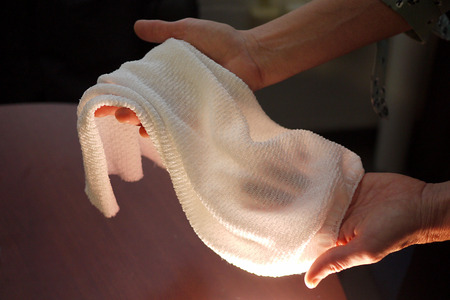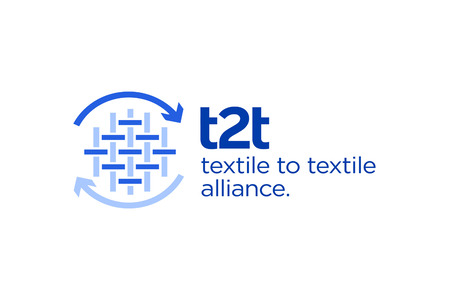
Sri Lanka’s textile export to experience highest rate of growth in 2018
YarnsandFibers News Bureau 2018-02-28 11:00:00 – ColomboSri Lanka's apparel and textile export segment is likely to experience the highest rate of growth in overseas shipment in 2018 as Sri Lanka focus on achieving $20 billion in export earnings by 2020, Sri Lanka CEO survey have resoundingly voted for textile and apparel as the growth engine for exports in the year ahead, as per the a recent survey conducted by the Oxford Business Group (OBG).
Textile is considered the backbone of Sri Lanka's trade able sector comprising 47% of total exports in 2016.
The OBG report said that diversification will certainly contribute to meeting the government's bold targets, it is clear that local business leaders expect traditional industries to underpin growth for the foreseeable future.
Export industries received a welcome boost in May 2017, when the EU reinstated Sri Lanka's Generalized Scheme of Preferences Plus (GSP+) status, which had previously been rescinded over human rights concerns in 2010. GSP+ status removes the majority of import duties on Sri Lankan goods entering the European single market, and likely drove the 13.8% year-on-year increase in garment exports to the EU in November 2017.
Even though the immediate future looks bright for the garments segment, Sri Lanka would be wise to devise adaptation strategies for technological advancements in manufacturing processes. Developments in innovative areas such as 3D printing and robotics are likely to erode some of the country's current competitive advantages in the years to come, as without the need for lower labor costs, clothing giants may start to move production facilities closer to their main consumer markets.
Meanwhile, the rise in oil prices worries the executives as Sri Lanka was forced to ramp up oil imports last year, following a severe drought that hampered hydro-generation capacity. According to the survey 49% of respondents place rising global oil prices as the top risk factor.
One of the chief reasons for Sri Lanka submitting to the $1.5bn IMF bailout package was the profligacy of the previous Mahinda Rajapaksa administration, which had agreed to a number of high interest Chinese loans to fund infrastructure projects.
Many of these developments have operated below capacity since completion, making it difficult for Sri Lanka to honor its payment commitments. As a result, the Sirisena administration has been forced to make hard choices, such as handing over control of 70% of Hambantota Port to Chinese interests on a 99-year lease.
China is the country's main source of foreign direct investment across Sri Lanka’s economic sectors.
Market Intelligence
Ask for free sample Report

experience
Customer Base
dedicated team
Countries Served Worldwide









